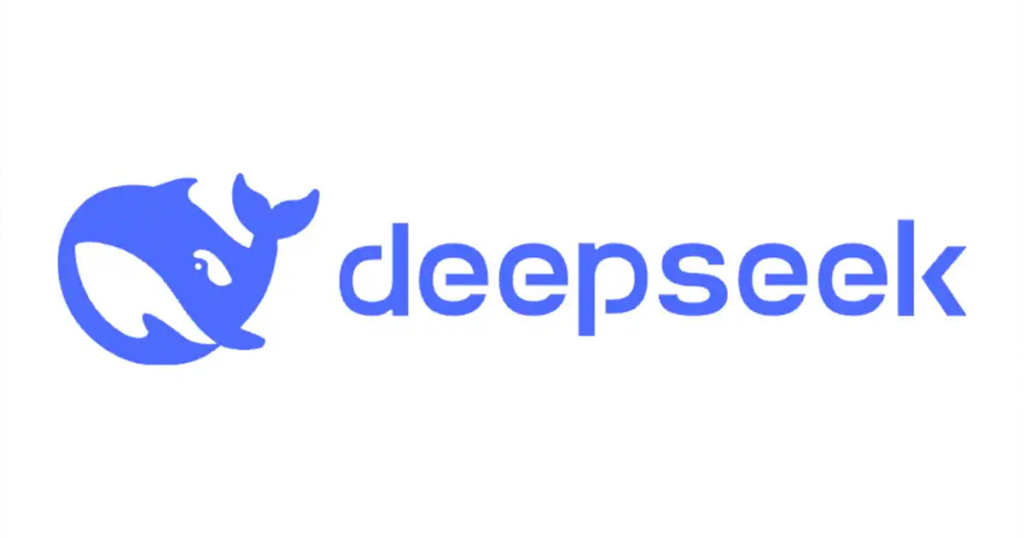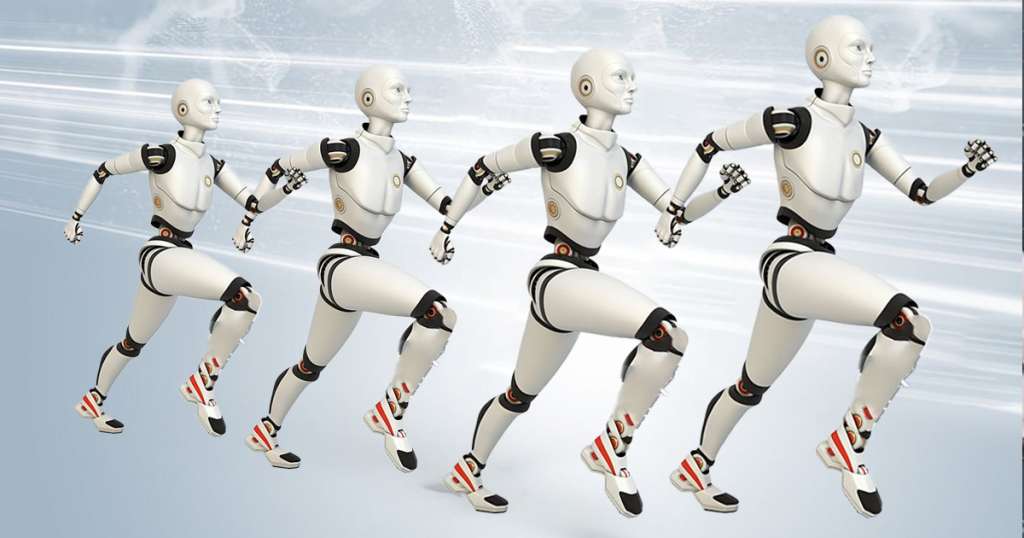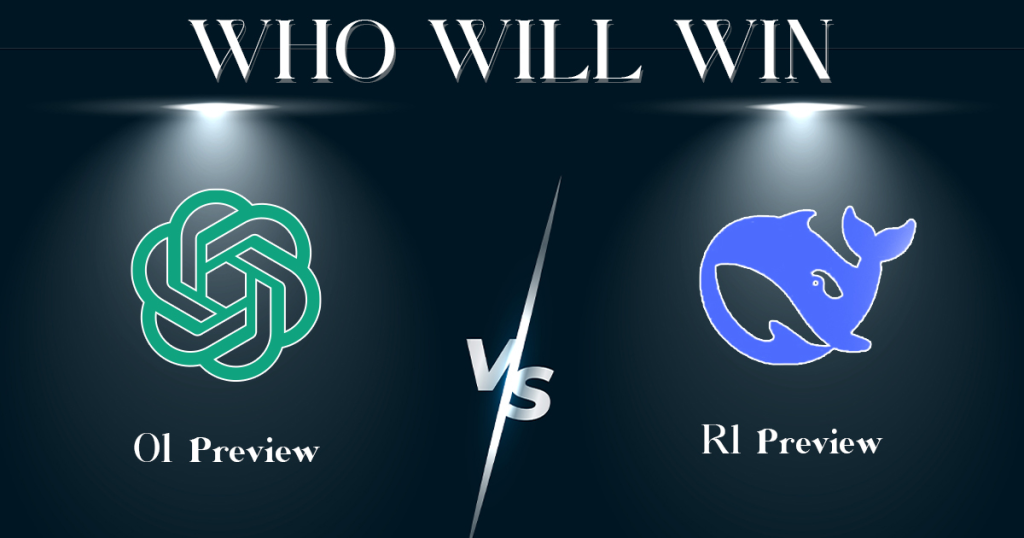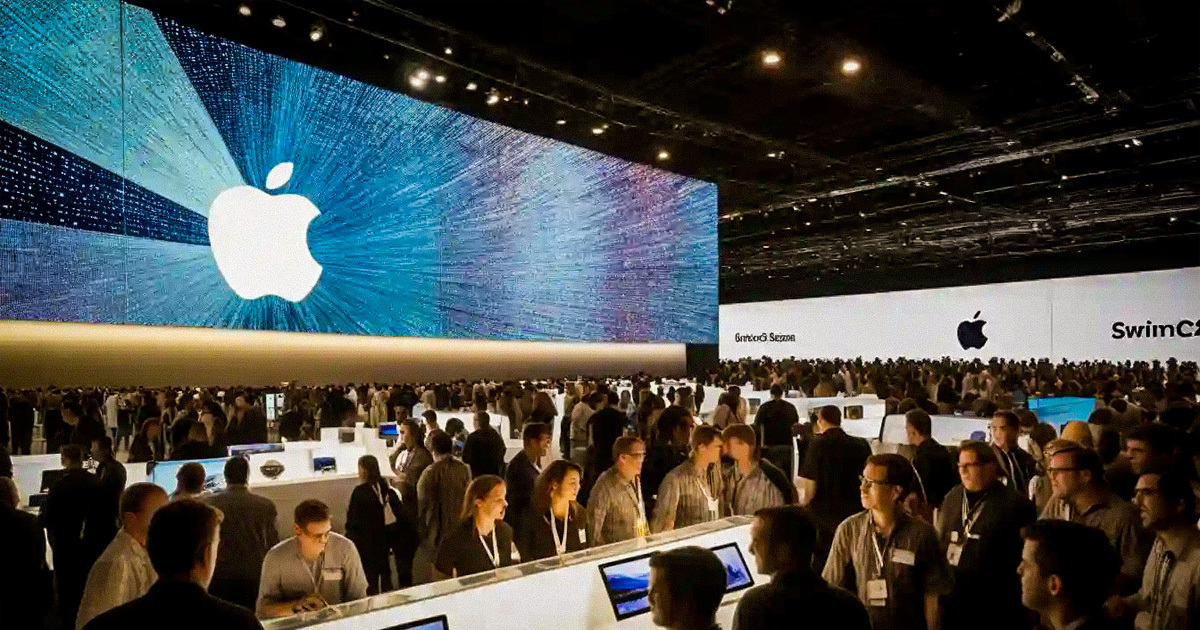The Chinese lab, DeepSeek, announces the latest powerful language model, DeepSeek, which has become one of the most thrilling and innovative announcements in recent days. Before this, DeepSeek introduced the DeepSeek-V3, which showed a great performance that has suppressed the popularity of models like OpenAI and Meta. The DeepSeek-R1 is a reinforcement learning (RL) model design with the power to push artificial intelligence boundaries.
The DeepSeek R1 is expected to act as the solution to complex and large decision-making problems and has already earned the attention of tech enthusiasts, but its features are beyond this. This article is devoted to studying the features of DeepSeek R1 and its search result capability as compared to the already existing AI models.

DeepSeek R1 Introduction
The DeepSeek R1 is the latest and most advanced AI search system introduced by the Chinese lab DeepSeek, with the aim of getting relevant and accurate search results. This is not a single model but the groundbreaking family of reinforcement learning (RL) models. The exact number of models in this family is not officially known, but all of these will work together as a single model for the best accuracy.
The DeepSeek R1 has advanced features like advanced reasoning, open-source accessibility, and advanced algorithms. This model has sent a shockwave to the AI community and is expected to rival AI industry leaders like OpenAI and Google.

As of this writing, this model has been rocketed to the top trending model to be downloaded so far as compared to its competitors. This is a huge success, and the graph is going to seem to increase because experts are testing it in different areas such as STEM tasks, problem-solving, text, and code formation.
How is DeepSeek R1 Better than Existing AI Models for Search Results?
After the introduction to AI models and techniques, the competition among the AI models to present the precise and accurate outputs is so fierce that with the announcement of every model, people start comparing it with other models to know the best one. Since its announcement by the company, the DeepSeek R1 model has to be the hot topic in the technical industry.
Unlike traditional AI models like ChatGPT, LLaMA, and many others, DeepSeek is designed to work using advanced reasoning to perform optimized and accurate search outputs. Below is the comparison between DeepSeek R1 and existing AI models, keeping the search result as a parameter in mind.
DeepSeek R1 Vs. OpenAI Models
Released on December 5, 2024, the OpenAI’s 01 model had the leap forward in complex problem-solving features, and it was designed to “Think” before it generates any response. Similary, OpenAI’s other models, like ChatGPT, rely on statistically pre-trained models and supervised fine-tuned.

On the other hand, DeepSeek R1 excels in reasoning and performance optimization because of its reinforcement learning core. It handles complex and decision-making tasks or searches better than the OpenAI’s models.
While GPT models are adopted for the general understanding of the search topic, the DeepSeek R1 is more intelligent and provides the searches with context awareness and precision. The experiment shows that DeepSeek R1 outperforms OpenAI’s model in search-related benchmarks and high processing speed.
DeepSeekR1 Vs. Meta
The DeepSeek R1 is a very large language model (LLM) that is positioned as the more accessible and cost-effective language model as compared to Meta’s LLaMA models because these traditional models are designed for general-purpose AI tasks and do not accurately perform for personalized queries and searches.
Meta demonstrates the strong performance for the NLP tasks in its Llama 2, OPT, and other models. With time, the development of these models is enriched with the research and training that makes them provide accurate replies, but DeepSeek R1 excels in the tasks related to problem solving and logical reasoning.
DeepSeek R1 Model Vs. Google’s Models
Google’s has highly trained models excelling in general-purpose responses and designing. For instance, the Gemini 1.5 Pro by Google is a popular model that offers a vast context window of 1,000,000 tokens for the searches. Comparing this with DeepSeek R1, which has a 671B parameter, Mixture-of-Experts (MoE), offering 37B activated parameters per token, which is far more than Google’s models.
Google’s is designed for contextual ranking for web searches; therefore, it provides the optimal output every time, but even here, it loses the race to the DeepSeek R1 model that provides accurate searches and better data retrieval because of the advanced RL model features.
Yet, the competition between these two is tough, so the experts conclude that DeepSeek R1 is effective for business intelligence and data analytics domains, whereas Google’s BERT/PaLM are better for search engine features.
| Feature | DeepSeek R1 | OpenAI Models | Meta (LLaMA) | Google (Gemini 1.5 Pro) |
| Core Learning Approach | Reinforcement Learning (RL) | Statistically Pre-trained, Fine-tuned | General-purpose AI | Contextual Ranking for Web Searches |
| Reasoning Ability | Advanced problem-solving and optimization | Complex problem-solving | Logical reasoning in NLP tasks | General-purpose with wide token limit |
| Search Accuracy | Highly context-aware and precise | General understanding of topics | Moderate personalization | Contextual ranking for web |
| Cost Efficiency | High | Moderate | Lower accessibility | High |
| Scalability | Versatile across industries | General AI applications | Focused on foundational research | Effective in specific domains |
| Processing Speed | Superior | Moderate | High | High but less than DeepSeek R1 |
| Parameters | 671B, 37B activated per token | Limited | Not specified | 1,000,000 token context window |
| Specialized Domains | Business intelligence, data analytics | General AI | NLP research | Search engine optimization |
What Makes DeepSeek R1 a Game Changer?
Before moving towards the comparison between the DeepSeek, it is essential to understand the general features that are latest and present only in the DeepSeek R1 model. It sets itself apart from the other models launched till now because of its unparalleled and innovative features. Here are some important points about it:
Reinforcement Learning (RL) Core
The traditional models rely on fine tuning and statistical data, but DeepSeek R1 dynamically learns and adopts for the best searches. The reinforcement learning core enables this model for optimized results and effective decision-making so the user may get the solutions to the complex problems.
DeepSeek R1’s Easy and Open Source Access
A surprise from the DeepSeek is the open source availability for the DeepSeek R1 that was never present for any other AI model. It means that the developers may use, text, modify, or improve the code that makes it an innovative AI model.
Cost Effective Option
As compared to its competitors like OpenAI’s ChatGPT, the R1 API is 26 times cheaper but provides accurate output. According to the reports, DeepSeek R1 offers 1 million tokens for just $220, whereas the GPT-4 costs 60% more for the same token amount.
DeepSeek R1’s Architecture
The models are also compared as the number of tokens and parameters, and DeepSeek R1 significantly wins this race. It’s architecture includes 671 billion parameters along with the activation of 37 billion parameters per token, which is more than enough to explain its processing power and search result’s accuracy.
Context Awareness
The traditional AI models like ChatGPT and Bert are trained for generalized responses, but DeepSeek R1 understands the user’s needs and requirements and focuses on the advanced reasoning. It is considered the right choice for the intricate queries, business intelligence, high accuracy in searches, and complex data analytics.

Summary
DeepSeek has announced its latest RL model, and they name it DeepSeek R1, which offers unmatching accuracy and performance. It is a cost-effective and open-source reinforcement learning model, and we have compared it with the traditional and existing models presented by prominent names such as OpenAI, Google, and Meta. Indeed, DeepSeek is the best option for query-oriented searches, complex tasks, and accurate performance.



